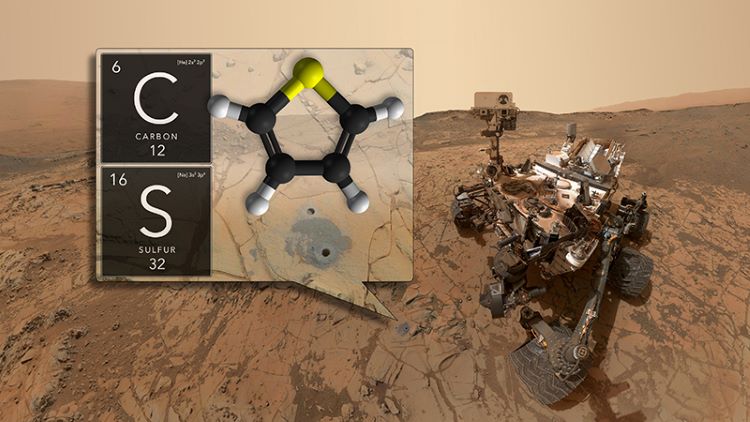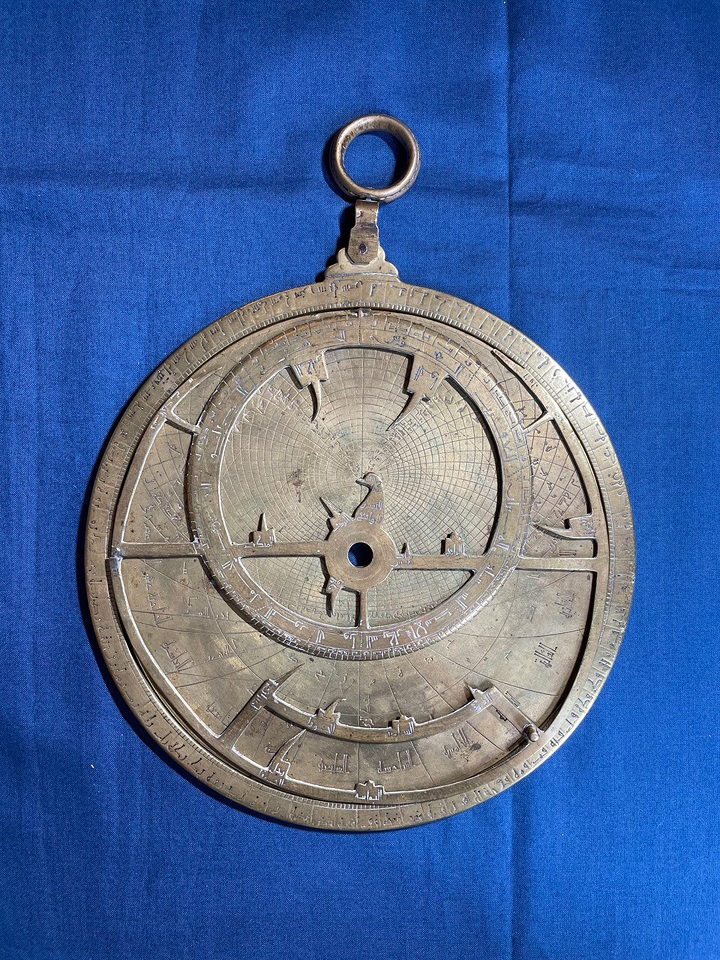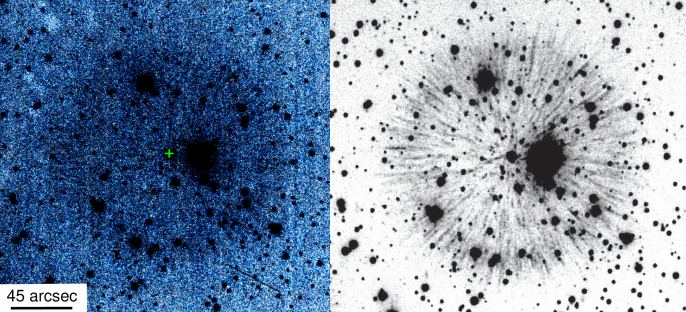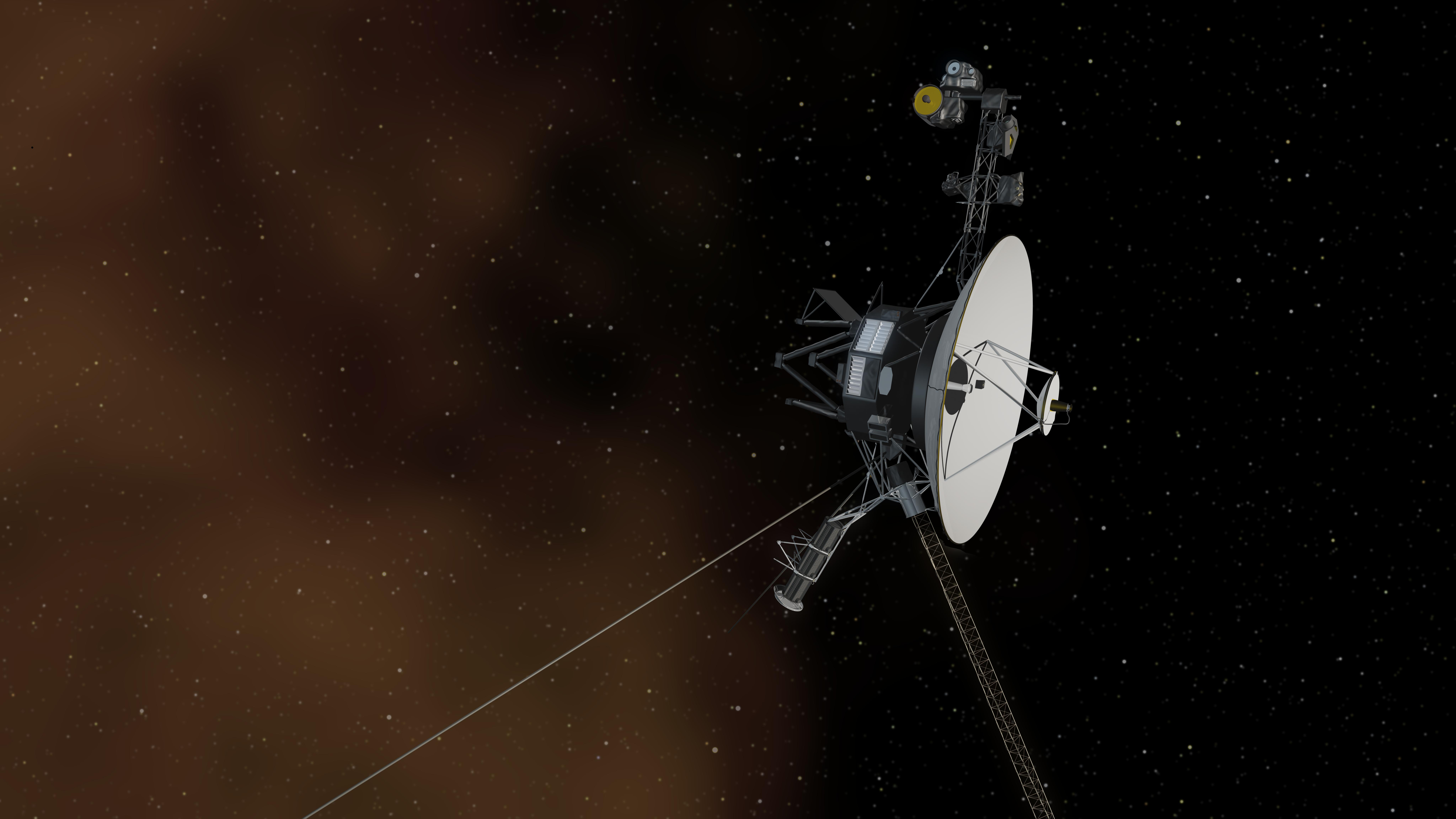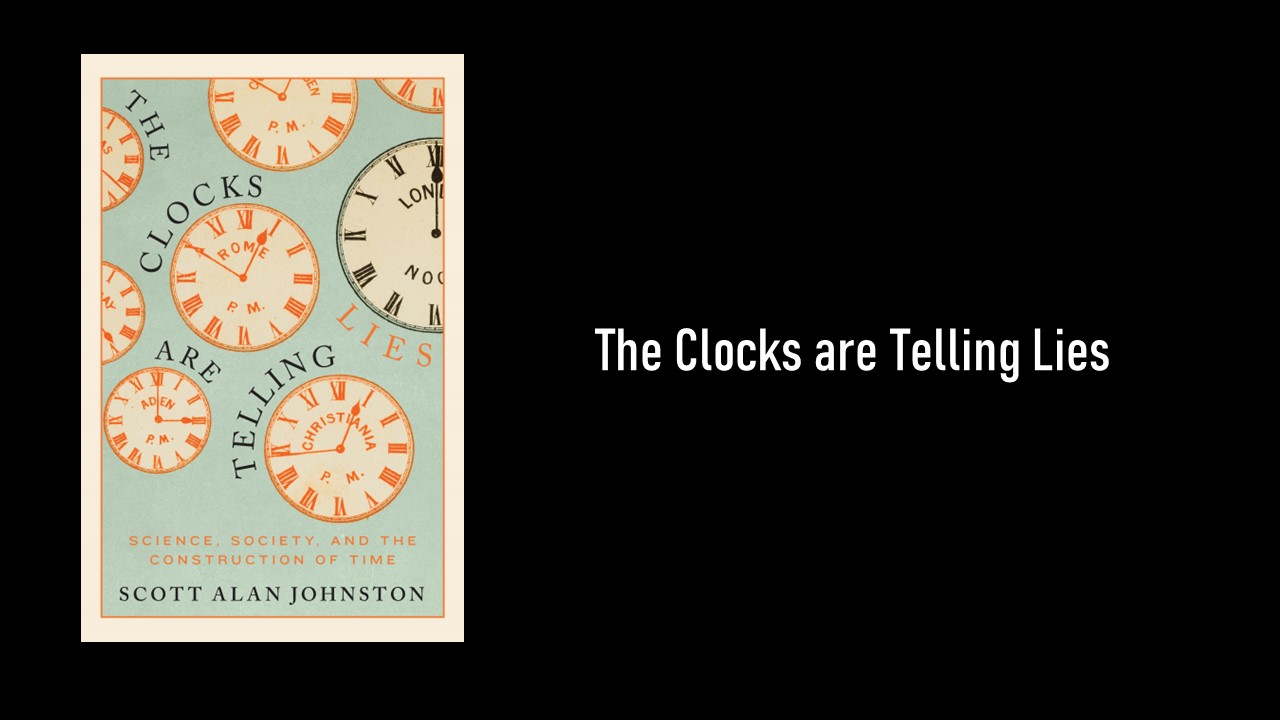In 1971, the Soviet Mars 3 lander became the first spacecraft to land on Mars, though it only lasted a couple of minutes before failing. More than 50 years later, it’s still there at Terra Sirenum. The HiRISE camera NASA’s Mars Reconnaissance Orbiter may have imaged some of its hardware, inadvertently taking part in what could be an effort to document our Martian artifacts.
Is it time to start cataloguing and even preserving these artifacts so we can preserve our history?
Some anthropologists think so.
Continue reading “Archaeology On Mars: Preserving Artifacts of Our Expansion Into the Solar System”


